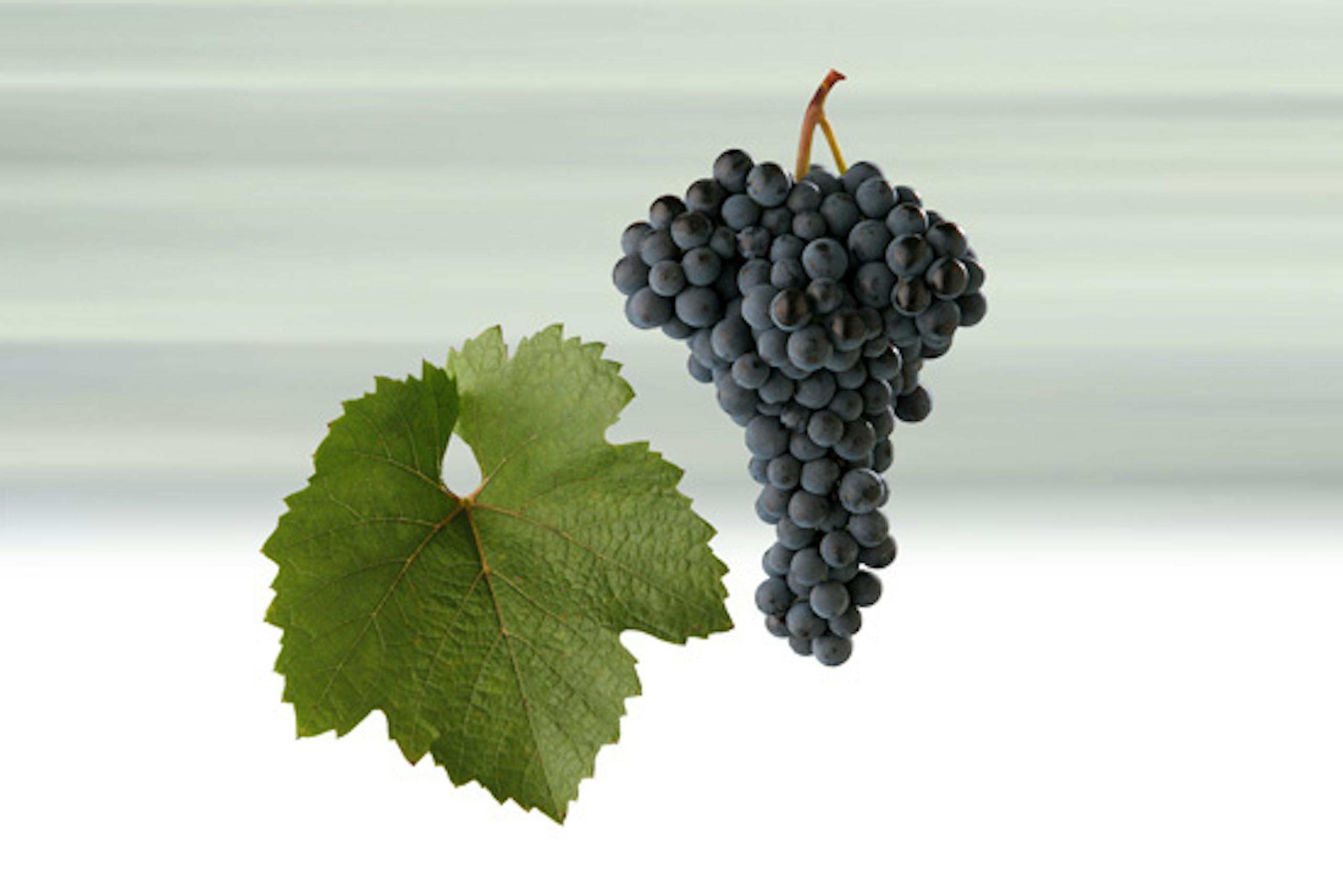Zweigeltrebe Blau
Základní charakteristika vína
The variety was bred by the director of the wine school in Klosterneuburg in Austria, Dr. F. Zweigelt in 1922 and its expansion to other countries was credited after the Second World War to Dr. Lenz Moser.
Barva vína
Pomegranate.
Vůně vína
It provides scents of cherries and other berries.
Chuť vína
Spicy, different fullness. With a careful harvest, the fullness is more pronounced and the tannins are more complex which create a fine and harmonious wine. In the taste we can taste blackberries, cherries, cherry compote, forest fruits.
Co se k této odrůdu nejvíce hodí?

Profil vína
Interesting wines
About
4.7% of the total vineyard plantings.
Entered in the State Register of Grape Varieties in 1980.
Wines are dark garnet in colour with violet reflections and have a spicy-fruity aroma often reminiscent of berry fruits.
This variety was developed by the director of the Wine Institute of Klosterneuburg in Austria, Dr. F. Zweigelt, in 1922 and its plantings became widespread after the Second World War thanks to Dr. Lenz Moser. At the present time it is the most cultivated red variety in Austria and it is still on the increase.
Zweigeltrebe is a crossing of Saint Laurent (Svatovavřinecké) with Blaufränkisch (Lemberger/Frankovka) to which it bears a resemblance. It has large, dark-green leaves, erect growth, medium-large winged bunches with blue-black, round berries, which have thick skins that are highly capable of resisting grey rot. Its wood matures well, has good frost-resistance, however, resitance to fungal diseases is somewhat lower. In warm regions it tolerates being planted in second-rate positions. The variety is well-suited to loamy soils; in sandy soils its growth weakens. Grape ripening is medium. Cropping is regular and very good. When yields are high the wines are harsher and, for the production of quality wine, it is important to control the growth by means of careful pruning and to carry out green harvesting.
They can be wholeheartedly recommended as accompaniment to a whole variety of meat dishes as well as ripe cheeses.
Wines are dark garnet in colour with violet reflections and have a spicy-fruity aroma often reminiscent of berry fruits. The taste and concentration very much depend on the yields obtained from the vines. When yields are strictly controlled wines are full in colour, round and, after maturing, smooth and supple, though certainly not lacking in sufficient levels of tannins and acidity. They can be wholeheartedly recommended as accompaniment to a whole variety of meat dishes as well as ripe cheeses.
Basic characteristics of quality wines:
Garnet colour with spicy-fruit palate, having a full nose of sour cherries and other berry fruit. Wines are of differing roundness. In controlled harvests they are more expressive with more complex tannins, giving the wine a smoothness and fine balance.
Translation © Helena & John Baker 2004.


